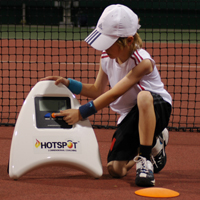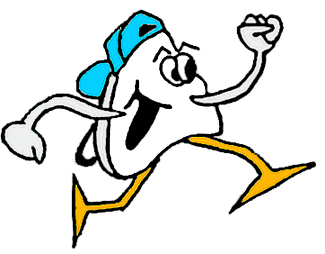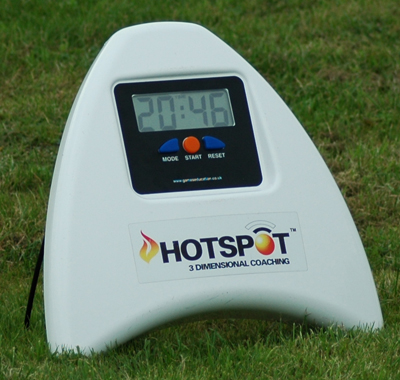- February 17th, 2011
- Coaching/Training, Uncategorized
- admin
Back in 1992 whilst at Medical School I wrote a dissertation on “Programming of Movement in Parkinson’s Disease” where I looked at all the neural pathways involved in the programming of movement. Little did I know some 16 years later this would become very relevant in understanding complex movements for sport and what I am now involved in with Games Education.
To give you some background on these pathways, essentially all our complex movements are written as motor programs within the brain and stored in motor areas and supplementary motor areas in the parietal lobe of the brain. A series of motor programs can be integrated to form one motor plan. These can be influenced by ‘higher centres’ such as long-term memory and these can cause adaptation of the plans according to past experience etc. The key to the execution of these plans is the basal ganglia, which sit at the top of the spinal cord in the brain stem (and why Parkinson’s patients have such a problem with both initiating and executing movements).
All very interesting (I hope!) but how does this fit into sport? Well here’s what I know. Most of these motor programs whilst they are stored in the parietal lobe are actually executed entirely by the spinal cord and basal ganglia. This means that most movements are not consciously thought about but happen automatically. The very complex integration of muscles, joints and movements just in standing up from a chair do not generally require conscious thought – we do it without thinking at all.
So this got me thinking about complex movements in sport. Surely there must be movements made by elite players e.g. Beckham striking a free kick or Nadal hitting an early ball that cannot by their very nature be ‘thought about’. They happen immediately, reflexly and without involvement of higher centres. And there must be many more sequences of movements in all sports that happen like this. This where training comes in – if we can train drills focusing on such events, then we can write a motor plan for this eventuality. In the game setting we can execute these plans without conscious thought, instinctively, reflexly and at high speed and accuracy.
The training of drills now can have real purpose and with this understanding athletes can realise how crucial the repetitive training aspect is and how it really can give them that extra edge.
Need more convincing….take Robin Van Persie’s goal last night for Arsenal (sorry Barcelona fans). He was around three yards from the baseline, not really facing the goal and hit a tremendous strike in at the near post and into the goal. Incredibly tight angle and the commentators described how he saw the goalkeeper give him a space and he went for the shot. I beg to differ! There is no way that was a conscious decision – he instinctively hit that ball and there was only one place it was going. He has practiced it, drilled it and there’s a motor program in there for it I’m sure!
Final words on this closer to home and also to me of amazing relevance to those of us involved in grass roots sport. This automated movement is not something that is confined to elite sport – it can be taught from a very young age. The young brain is very plastic (just see how well a young brain recovers from injury / illness compared to an adult one – or take my word for it!) and its ability to learn and re-learn is incredible. So I watched my nine year old (right footed) son play for the U10 Sabres football team I coach. Last week he was through on the right with only one player to beat. He cut inside and hit the ball without changing pace immediately with his LEFT (see above) foot. Totally reflexly, no thought involved. How do I know that? Well here’s the very interesting thing…..not 5 minutes later I spoke to him about the shot at the half time talk. He totally denied hitting the ball with his left foot, that the event had even happened – he had absolutely no recollection of the shot! Why – because I am certain that that decision came totally spinally with a motor plan execution that had no higher thought involved. No decision to do it, no using past experience, no long-term memory input. The pathway had never involved his higher centres so he actually had no memory of it! Amazing!
Okay lots more to say on this topic which as I am sure you can see I am very passionate about! Just so I don’t leave you hanging here’s the other pieces of information you might want to know to finish with – in Parkinson’s the motor plans are in fact intact but the execution is at fault and alas the shot was saved and we went out of the cup ![]()
Hope that was of interest to you all – let me know your thoughts!
Continue reading




Leave a comment